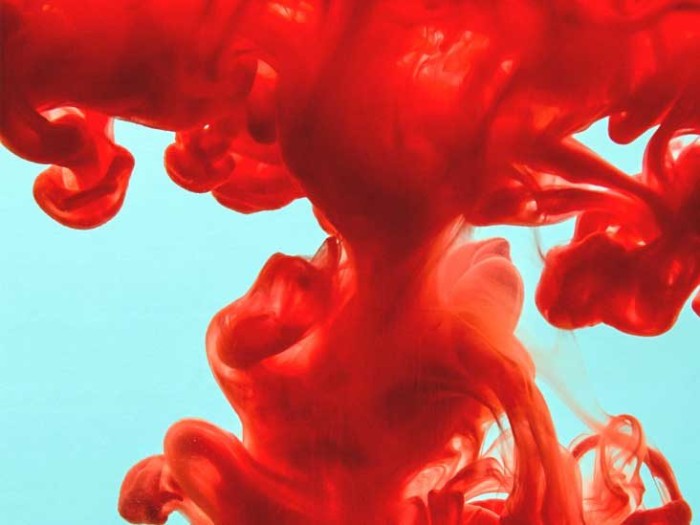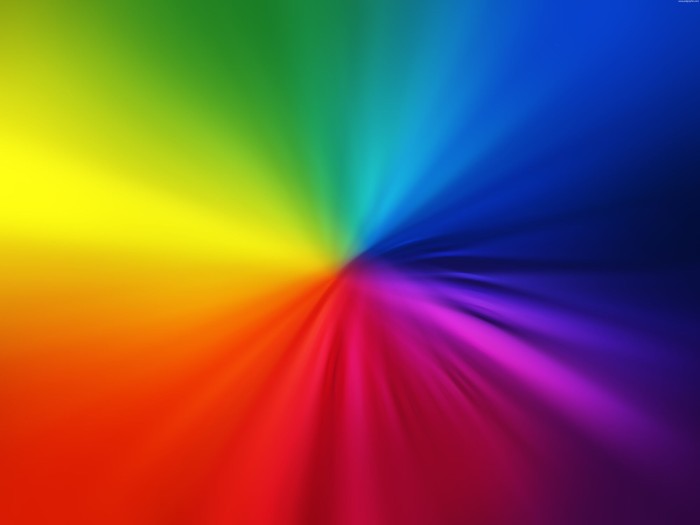The fear of colors, clinically known as chromophobia, is an irrational and persistent fear or aversion to colors and is generally a conditioned response. Specialists have certified that although the fear of colors may seem isolated, it often manifests itself with hormonal and psychological processes. Within cell biology, “chromophobic” cells are classified as cells that do not attract hematoxylin and are related to chromatolysis.
Index
Terminology
Some names mean fear of many specific colors, such as erythrophobia for fear of red, androphobia for fear of yellow, and leukophobia for fear of white. Fear of the color red can be associated with a fear of blood. The fear of colors is called Chromophobia – a word derived from two Greek words, Chromos and Phobos, which respectively mean color and deep fear or aversion.
You can also read Fear Of Thunder And Lightning: Symptoms, Treatment.
- Note that chromatophores or chromophobia are often denoted as the fear of smells or odors.
- However, there is another word for fear of smells, which is Osmophobia.
- So when we say that someone is a chromatophore, it usually just means that they cannot support specific colors.
- Some patients may be afraid of only certain shades of colors, for example, red.
- Many fear this color (known explicitly as erythrophobia in scientific parlance ) as it symbolizes blood, death, or violence.
- In other cases, the phobic might fear all bright colors in general. For such individuals, daily life can be difficult as the sight and presence of specific colors can induce anxiety or panic attacks.
- People who fear specific colors suffer from many debilitating symptoms, which we will discuss shortly.
- They are often unable to hold jobs or even have stable relationships.
- As a result, life can become miserable for them. Going outside can become a difficult task for them for fear of encountering the hated colors.
- Places like Las Vegas, with bright colored lights, are often avoided by people with such a phobia.
Here are different names for phobias associated with specific colors:
- Fear of the color blue – Cyanophobia
- Fear of the color yellow – Xanthrophobia
- Fear of the color green – Prasinophobia
- Fear of the color orange – Chrysophobia
- Fear of the color pink – Rhodophobia
- Fear of the color brown – Kastanophobia
- Fear of white color – Leukophobia
- Fear of the color black – Melanophobia
Causes of Chromophobia
- Disorder stress post-traumatic is a common cause of Chromophobia.
- A childhood event can lead to permanent emotional scars associated with specific colors or shades that the phobia cannot overcome.
- Events such as child abuse, rape, death, accidents, or violence may be related to a particular color, causing the phobia to panic or become anxious in its presence.
- Another cause comes from cultural roots.
- Certain cultures have significant meanings for specific colors that can have a negative connotation for the phobia.
- The west, for example, treats specific colors as strange, superficial, or corrupting.
In most cases, deep fear or hatred towards specific colors can come from classical conditioning.
- Some colors are unpleasant.
- Old, moldy cheese, for example, has a sickly pale color associated with germs and disease, which can be negatively associated.
- Heredity, brain chemistry, certain deficiencies, and existing phobias can also cause chromatophores.
Symptoms of Chromophobia
Symptoms of the effects of fear of color vary from individual to individual, depending on the level of fear. Typical symptoms are as follows:
- Extreme anxiety or panic attack
- Difficulty breathing – rapid, shallow breaths
- Profuse sweating
- Irregular heartbeat
- Nausea
- Dry mouth
- Inability to speak or formulate coherent sentences
- Shaking, shaking, shaking
The phobia can also show Agoraphobia or fear of leaving the house. They may suffer from depression due to the loneliness of the inability to form friendships. As already stated, jobs may not be kept, or one may refuse to travel for work. These self-limiting behaviors can affect performance in school and at work.
Treatment for fear of colors

- The best thing to overcome fear is to use therapies such as hypnotherapy, neurolinguistic programming, and psychotherapy, which have been shown to help overcome many different types of phobias.
- Medications may also be prescribed to relieve anxiety; however, these tend to have side effects that can be pretty debilitating.
Hypnosis
- This treatment for chromatophobia should be done under the guidance of a trained specialist.
- Using this therapy, the phobic has his mind open to new suggestions.
- With positive suggestions, the therapist instructs the phobic mind to attach a different feeling to the object of fear, in this case, the color or the smells.
NLP – Neuro-Linguistic Programming
- It is the study of how the mind creates reality.
- It involves changing words and perceptions associated with the fear of colors.
- The analyst listens to the words and phrases used by the phobic to describe the colors he fears.
- Next, the therapist tries to eliminate those thoughts and mental associations that cause panic attacks when the phobic sees the colors he fears.
Other treatments
- Other mind-body techniques like energy healing can also treat fear of color phobia.
- These also include positive visualization, T’ai Chi, Yoga, deep meditation, breathing techniques, etc.
- It is always better to use these non-medicinal approaches to treating chromophobia rather than using drugs with numerous side effects.
Hello, how are you? My name is Georgia Tarrant, and I am a clinical psychologist. In everyday life, professional obligations seem to predominate over our personal life. It's as if work takes up more and more of the time we'd love to devote to our love life, our family, or even a moment of leisure.

